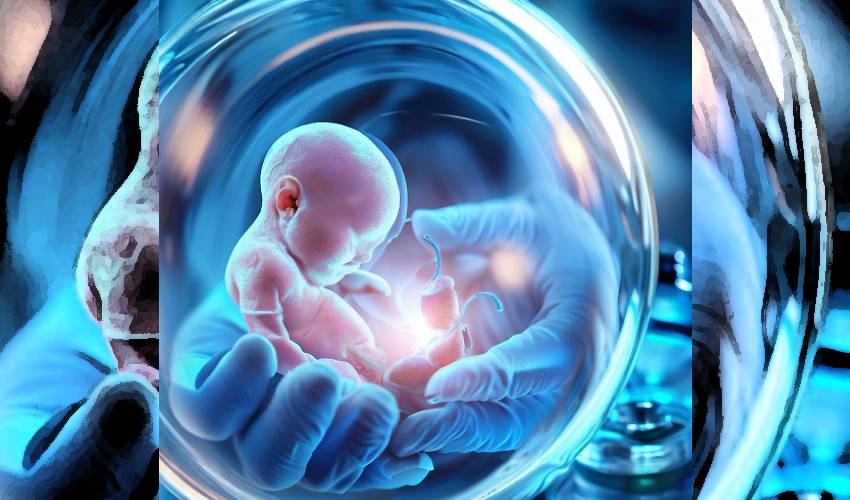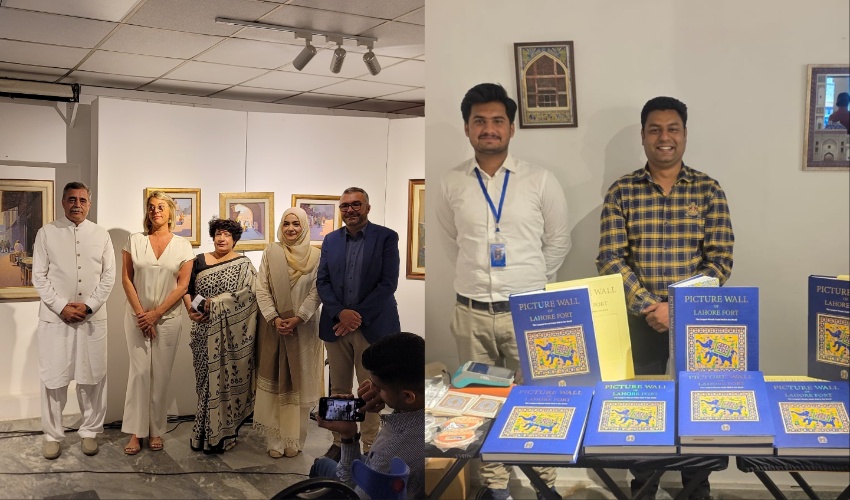Scientists at the Weizmann Institute of Science in Israel have grown "complete" models of human embryos in the lab, without using sperm, eggs, or a womb.
The models, known as stem cell-based embryo-like structures (SEMs), contain all the known features found in normal embryos around two weeks old.
The researchers said their models closely mimic the development of a real human embryo, particularly the emergence of its exquisitely fine architecture.
They believe that the SEMs could be used to shed light on the "drama" that occurs in the first weeks of human development, and to help gain insight into what causes birth defects or why miscarriages occur.
For the study, published in the journal Nature, the researchers used naive stem cells, which have the potential to become any type of tissue in the body.
They then used chemicals to coax these cells to grow and arrange themselves into structures that mimicked the features of a real human embryo.
The models were allowed to grow until they reached a stage equivalent to a two-week-old embryo after fertilization.
Made with Visme Infographic Maker
The researchers said that unlike previous embryo models, theirs have shown the ability to progress to the next developmental stage, offering "an unprecedented opportunity to shed new light on the embryo's mysterious beginnings".
Professor Jacob Hanna, who led the research, said, "The drama is in the first month, the remaining eight months of pregnancy are mainly lots of growth. But that first month is still largely a black box. Our stem cell–derived human embryo model offers an ethical and accessible way of peering into this box. It closely mimics the development of a real human embryo, particularly the emergence of its exquisitely fine architecture."
The researchers said that the SEMs could be used to study the molecular signals that control early human development.
They could also be used to test drugs or therapies that could prevent birth defects or miscarriage.
The researchers said that they are aware of the ethical concerns, but they believe that the potential benefits of the research outweigh the risks.
They said that they are taking steps to ensure that the SEMs are not used in ways that could harm human embryos.
In addition to the ethical concerns, there are also some scientific challenges that need to be addressed before the SEMs can be used to study human development. For example, the current models are not as complex as real human embryos, and they do not have all the same features.
Can humans be made sans intercourse?
The growth of human embryo models in a lab is a significant advance in stem cell research. It could lead to new treatments for infertility and miscarriage, and it could also help us to understand the early stages of human development.
However, it does not mean that humans can be made without intercourse.
To create a human embryo, the sperm and egg cells need to fuse together. This process, called fertilization, can only happen inside the womb.
The stem cell models that have been grown in the lab are not fertilized, and they do not have the potential to become a complete human being.



























